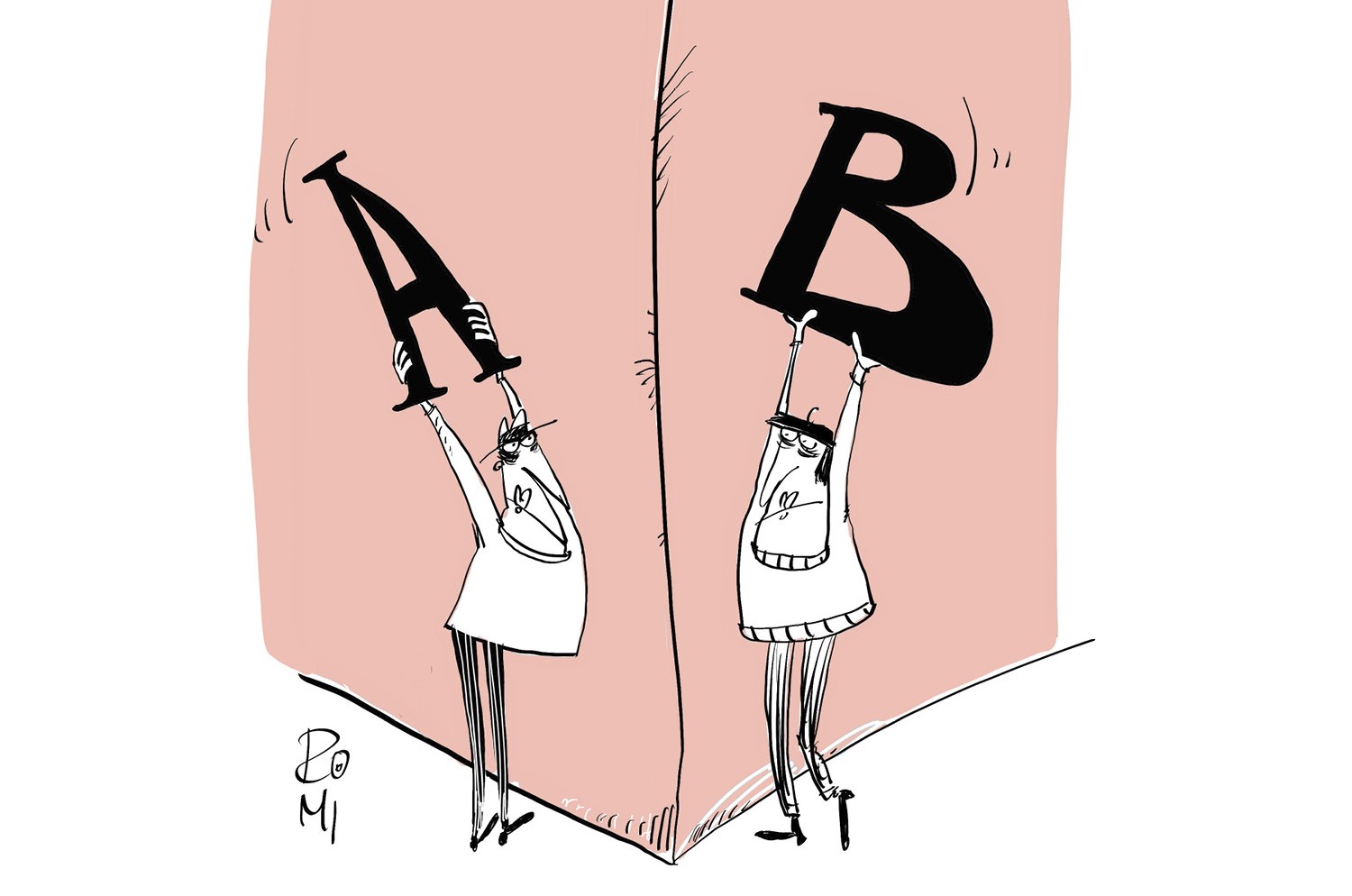We’re excited to introduce you to Roman Sika, a talented Slovak humorist, cartoonist, and storyteller. In his interview, he shares what it’s like to be a caricaturist, his favorite topics to draw, and the challenges that come with the craft. Take a look at his playful, humorous characters and get to know the artist behind the laughs!

Roman Sika (1967) is an artist from Slovakia who was trained as a teacher and educator, works as a computer graphic designer, and is a humorist, cartoonist, and storyteller by passion. He spins tales from various corners of human activity and many areas of life.
Hi Roman, thanks for agreeing to answer our questions and introduce your work to a broader audience. Do you have any specific themes or types of people that you enjoy drawing?
When it comes to drawing, it's a mix of everything. I don't really have a particular theme that I prefer. Everything just sort of comes naturally, either from witnessing an event or when I "kickstart my brain" and latch onto a theme that’s been announced.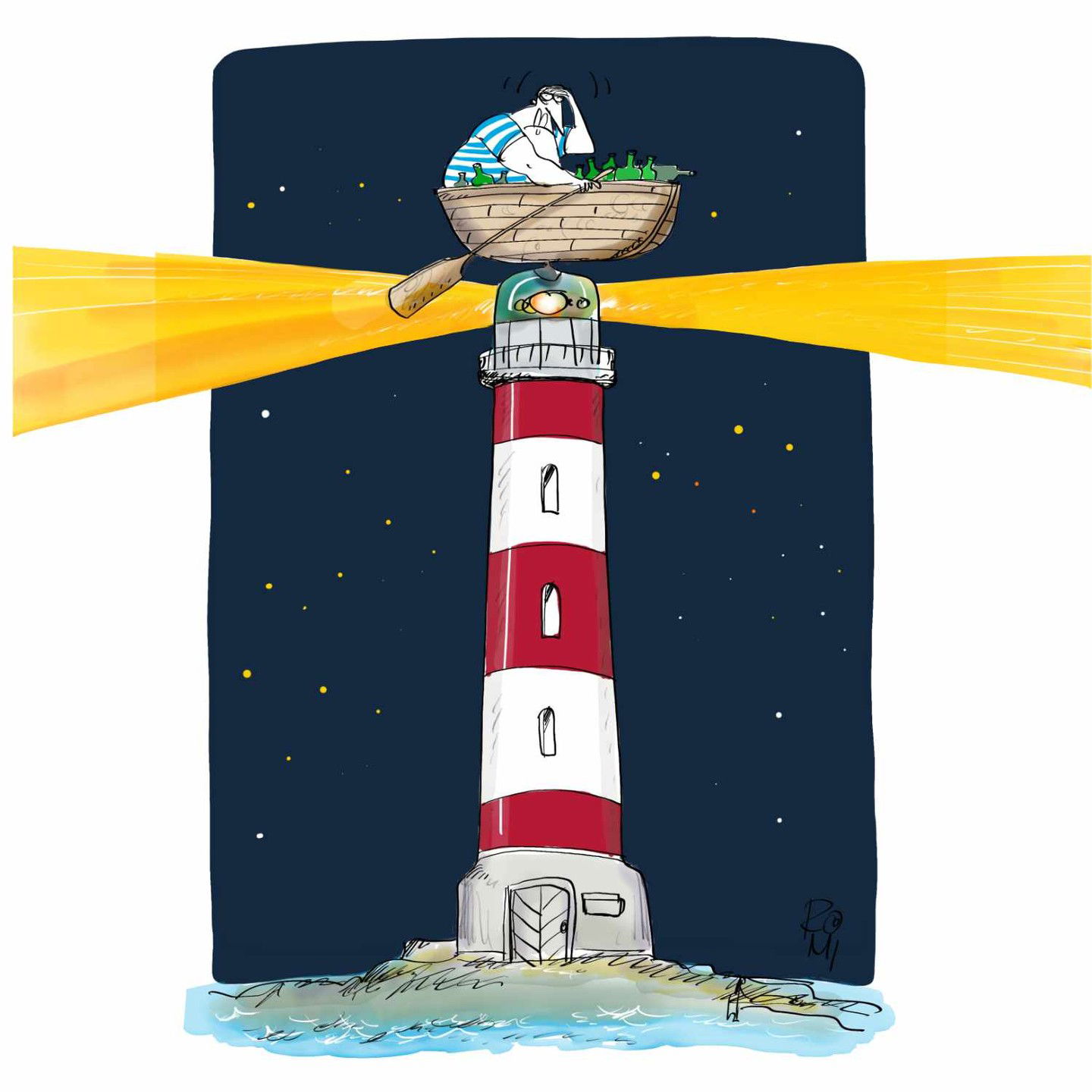
"Drawn humor has the disadvantage of being a satirical commentary on major social events, and not everyone can rise above it and see the issue from a different perspective."
What led you to become a caricaturist? Who or what inspired you in the early days of your career?
Since I was little, I would cut out cartoons from various magazines and paste them into a notebook, which I would open over and over again, admiring the drawings. In the meantime, I, of course, started trying to draw my creations. Later, I began deliberately learning about specific authors and buying humor magazines. I met Slovak caricaturists at exhibitions, all the while continuing to draw and improve.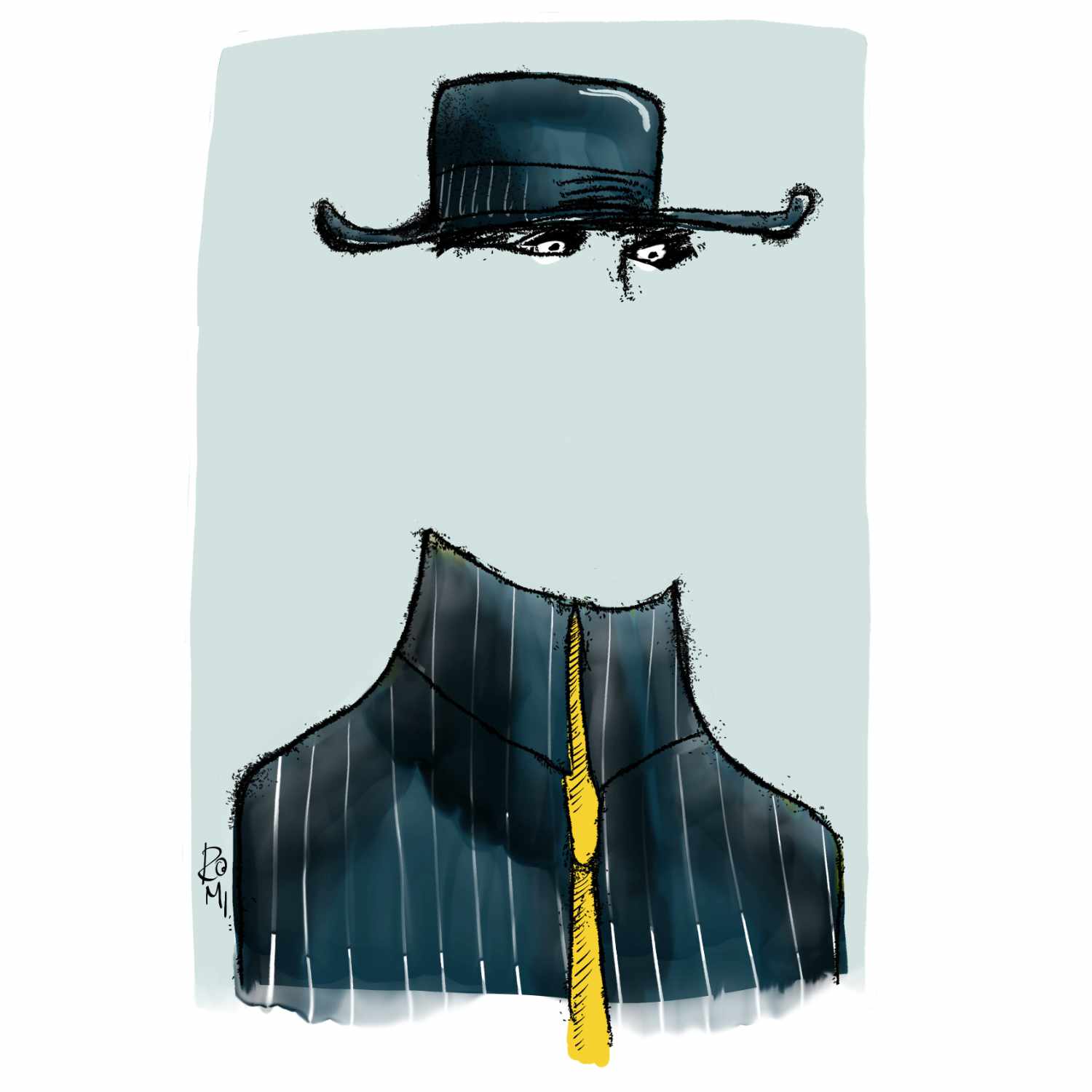
How does your creative process work when creating a caricature? What tools and techniques do you use in your drawing process?
My creative process has several approaches. The first, and fastest, is when an idea pops into your head in a split second, and you can clearly visualize it. Then it's just a matter of making a sketch and drawing everything out. The second, much slower process churns in my head like dough rising, and I wait for it all to mature. I shift characters around, swap gestures, and choose what might be most fitting. Then I either sit down at the paper or at the computer and draw, draw, draw. I grew up with traditional drawing and painting on paper, so I sometimes still use that method. The computer speeds up the actual drawing process when you can sketch endlessly and experiment. You're less hesitant since if something doesn't work out, you can always undo it. I mostly create my drawings using watercolor techniques, which is something I carried over from working on paper. I must admit, Rebelle is unique in how it handles this technique.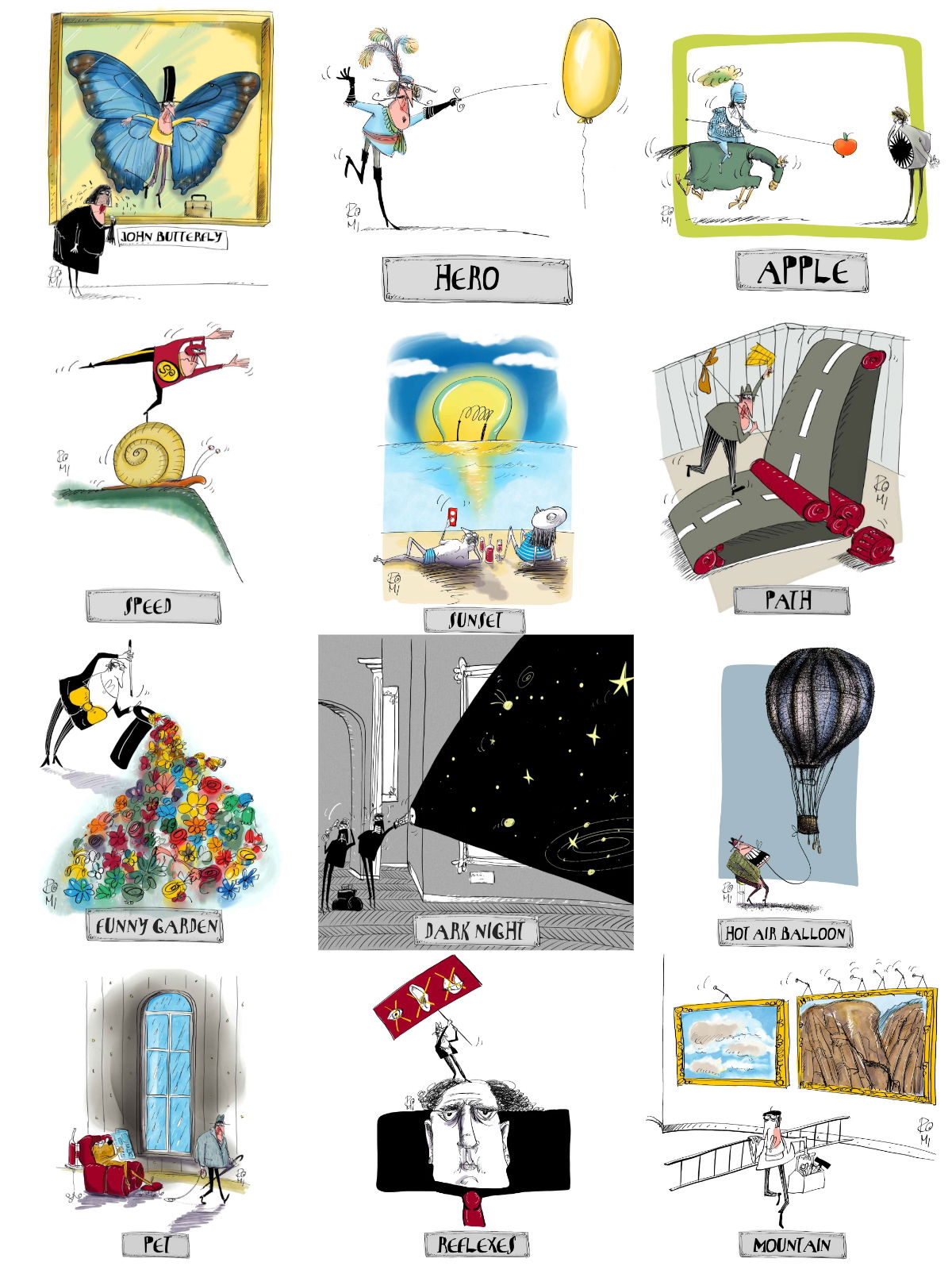 Some of the entries to the recent Back to Creativity Art Challenge.
Some of the entries to the recent Back to Creativity Art Challenge.
How would you describe your personal style of caricatures?
Every artist has a unique and inimitable style, which evolves over their lifetime. In my case, I still have a journey ahead of me, constantly trying and testing my limits. My figures tend to have big noses, large eyes, and thin legs. If you look at a drawing from a year ago and feel dissatisfied with it, but at the time thought it was the best drawing of your life, then you're on the right path to self-improvement and artistic growth.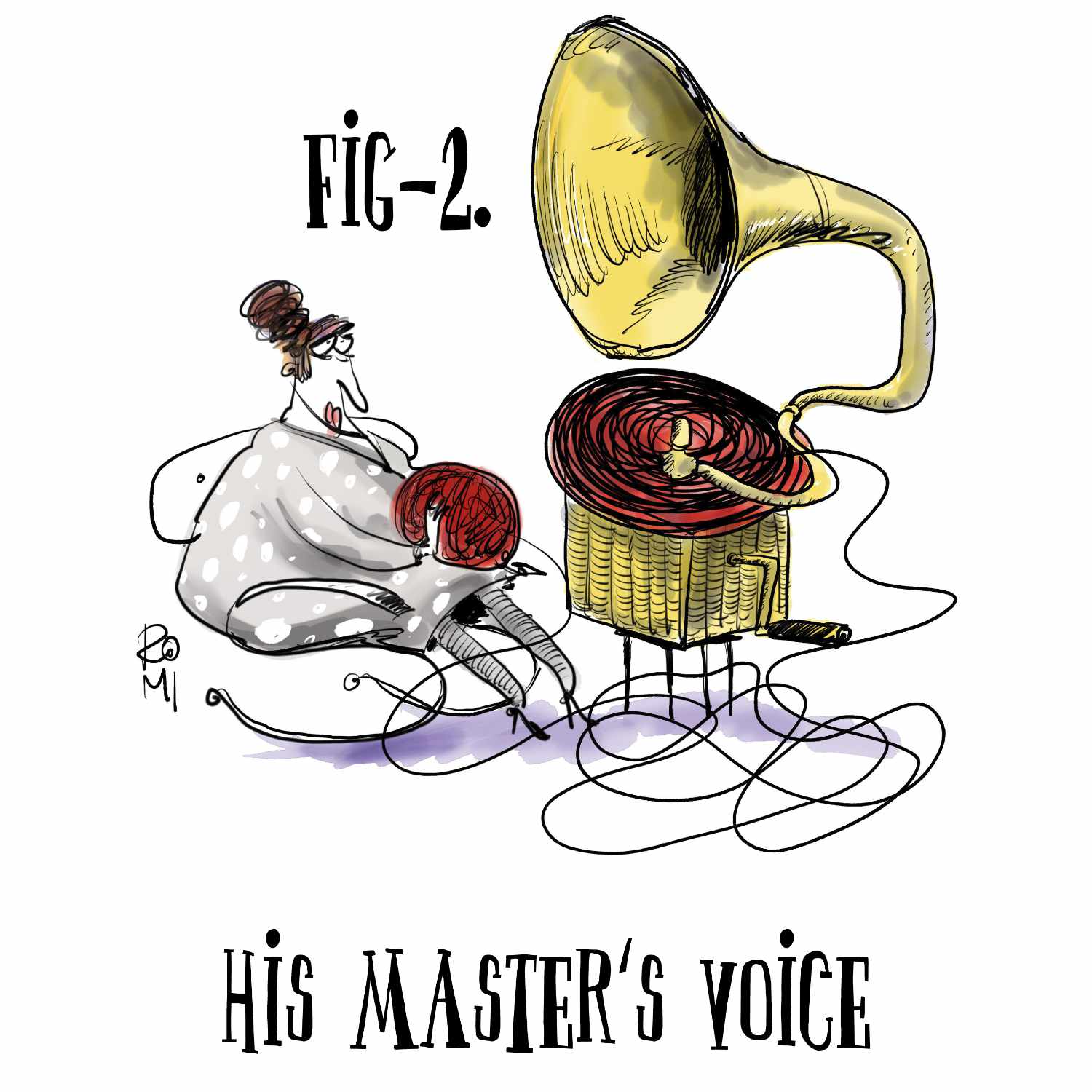
What’s the difference between traditional and digital caricatures from your perspective?
If someone is a skilled artist who knows how to use digital tools well, then there’s no difference between "traditional" and "digital." However, it's not instant. You also have to spend time with digital tools, working out the kinks. Unfortunately, many people think that because it's digital, you can do everything right away and that the program will do all the work. Wrong—it won't teach you on its own; you need to bring your own soul into it, whether you're working on paper or a screen.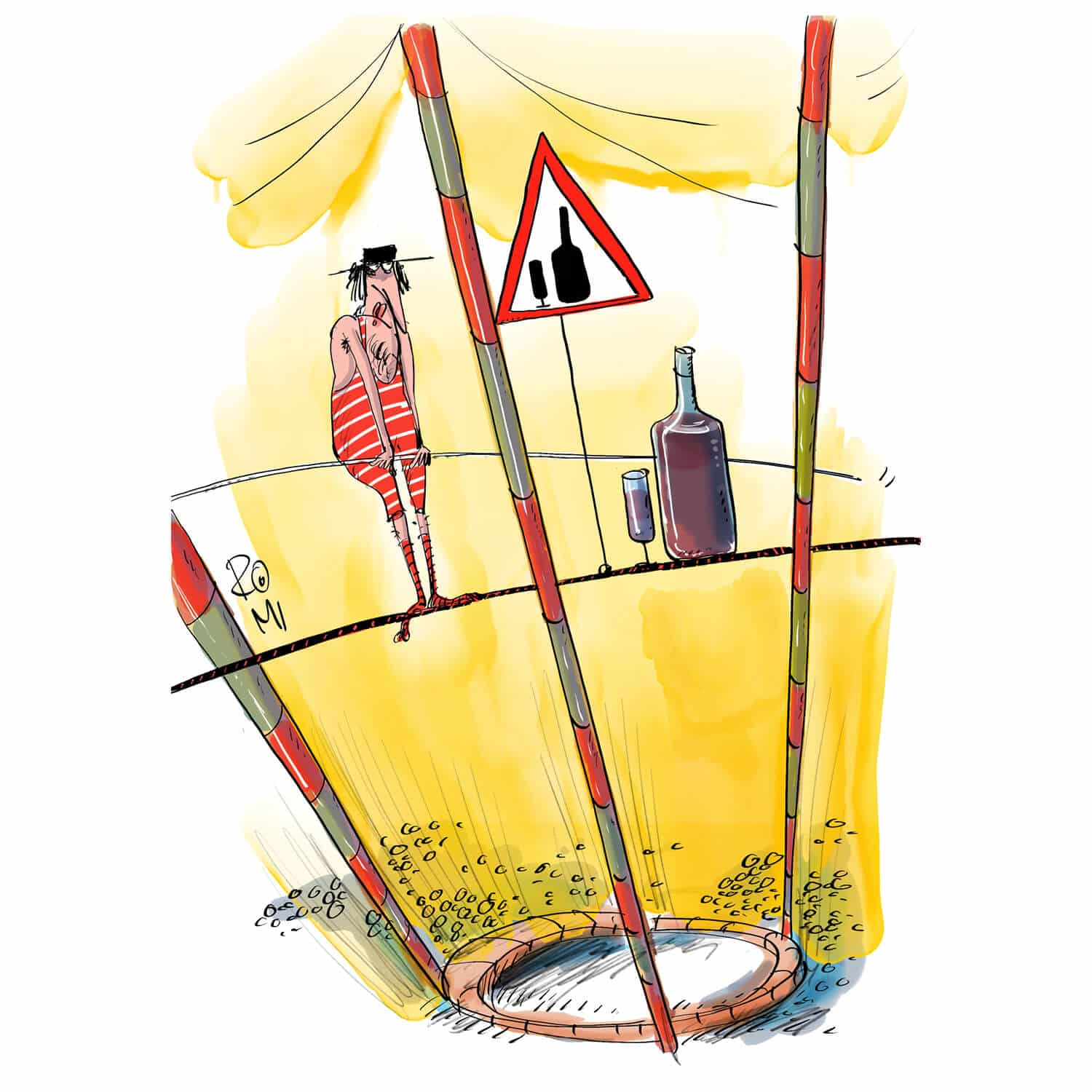
Have you ever encountered negative reactions to your caricatures? How did you deal with that?
We’re all different, so you'll never be the most admired person who’s universally welcomed with open arms and placed on a pedestal. Of course, it hurts when someone tears you down. Drawn humor has the disadvantage of being a satirical commentary on major social events, and not everyone can rise above it and see the issue from a different perspective.
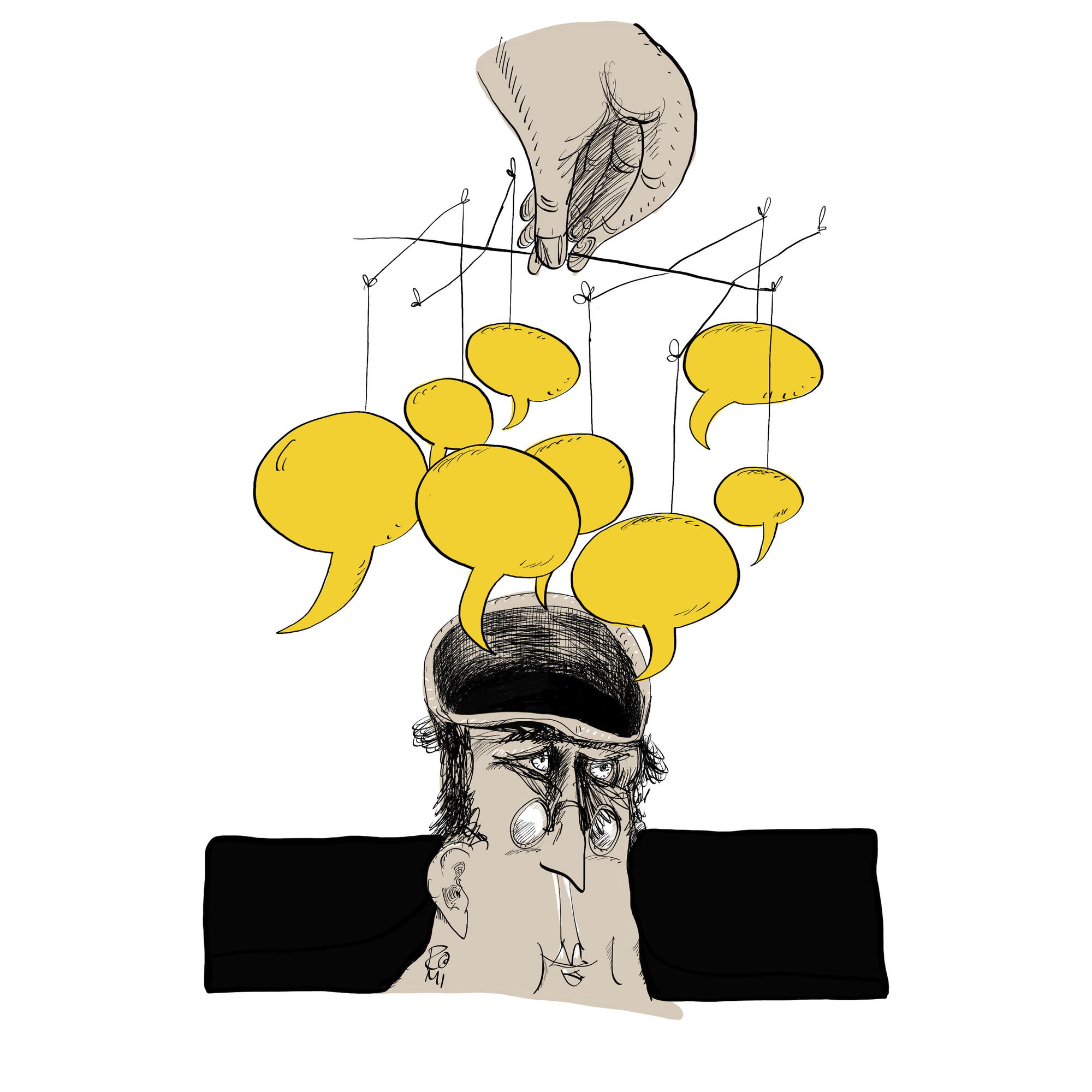
"I grew up with traditional drawing and painting on paper, so I sometimes still use that method. The computer speeds up the actual drawing process when you can sketch endlessly and experiment. You're less hesitant since if something doesn't work out, you can always undo it."
What do you enjoy most about this job? How do you stay creatively inspired and motivated?
Creating cartoon humor is inherently creative because it keeps your mind sharp so that you can respond to the situation at hand. It’s somewhat tragic to think that cartoon humor is just a weaker form of art. In this field, you have to align all the elements correctly—think things through, draw well, and highlight the essential parts to make the work understood. All of this pushes you to think creatively and master the "craft" part. The reward for me is seeing the joy on people’s faces. If you're receptive to your surroundings, you can always take bits and pieces from everything and transform them into your own work. That’s how it is for me, constantly receiving inspiration from daily simple stories or events. Thank you, Roman, for sharing your time and insights with us during this interview. It was a true pleasure to explore your journey as a humorist, cartoonist, and storyteller, and to gain a deeper understanding of the art behind your craft. Your humor and creative vision offer a fresh, delightful perspective on everyday life, and we appreciate the opportunity to learn more about the passion that drives your work. We look forward to seeing more of your humorous characters and hearing more of your captivating stories in the future!
Thank you, Roman, for sharing your time and insights with us during this interview. It was a true pleasure to explore your journey as a humorist, cartoonist, and storyteller, and to gain a deeper understanding of the art behind your craft. Your humor and creative vision offer a fresh, delightful perspective on everyday life, and we appreciate the opportunity to learn more about the passion that drives your work. We look forward to seeing more of your humorous characters and hearing more of your captivating stories in the future!
Escape Motions Team
-----
Learn more about Roman Sika: romansika.sk
Visit his Instagram: instagram.com/romi_cartoon

